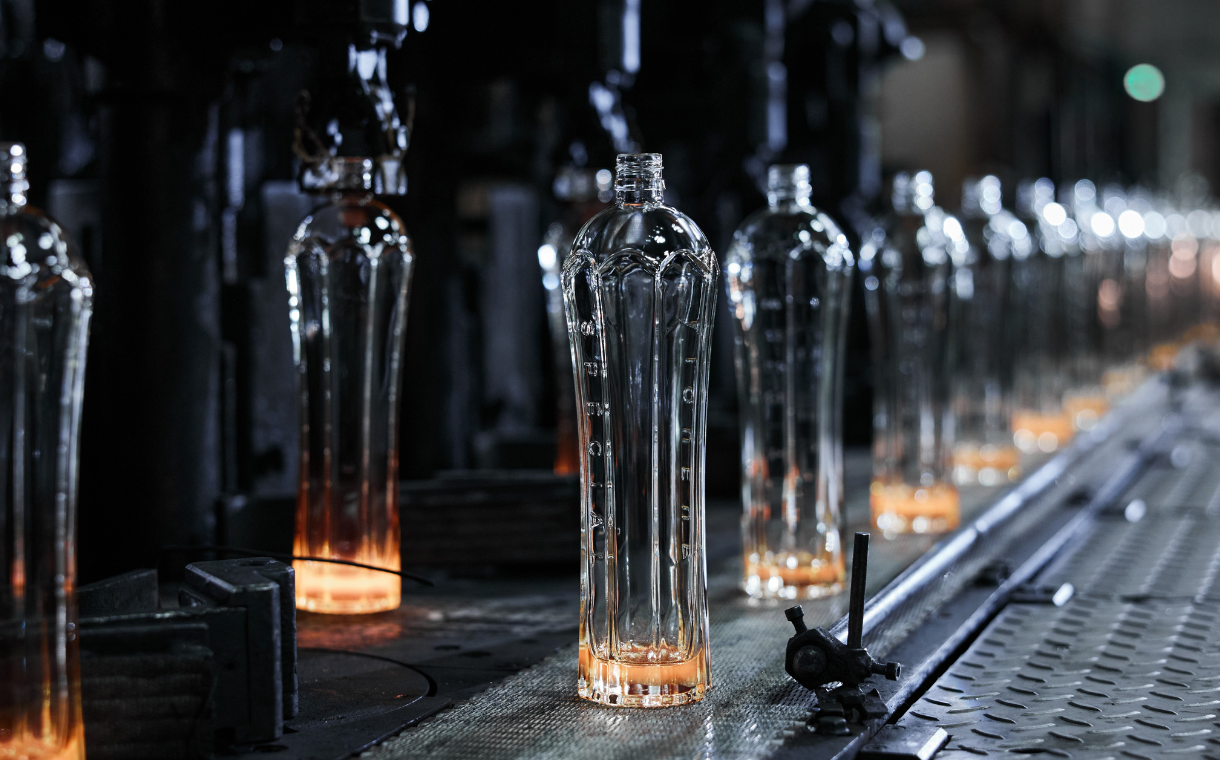
The trial, which took place earlier this month, saw Bacardi partnering with premium glass maker Hrastnik1860 to innovate technology for a glass furnace powered with hydrogen as its main energy source. This initiative reduces GHG emissions associated with traditional glass bottle production.
Bacardi used the St-Germain elderflower liqueur bottle design for the trial, maintaining an identical appearance to the bottle produced through traditional methods.
During the trial, where 150,000 70cl glass bottles of the brand were produced, hydrogen supplied over 60% of the fuel for the glass furnace, resulting in a reduction of GHG emissions by more than 30%.
Rodolfo Nervi, VP of safety, quality and sustainability for Bacardi, said: “Piloting this lower carbon glass production is another example of Bacardi leading the industry in environmental best practice”.
“We will take the learnings from the trial to help shape a pathway to hydrogen energy-fuelled glass production and create a blueprint for others to follow. It’s only through making change as an industry that we can bring significant change to our impact on the environment.”
Peter Čas, CEO of Hrastnik1860, added: “Successfully producing lower emission, premium glass bottles at a commercial scale, with absolutely no compromise on quality, has made all the hard work worthwhile”.
“Like Bacardi, we are committed to developing new innovations that lower emissions while maintaining premium quality. This revolutionary technology proves the two can go hand in hand, and we are now taking the first steps in bringing it to market.”
The updated bottles will be available in bars and stores “in the coming weeks”.






